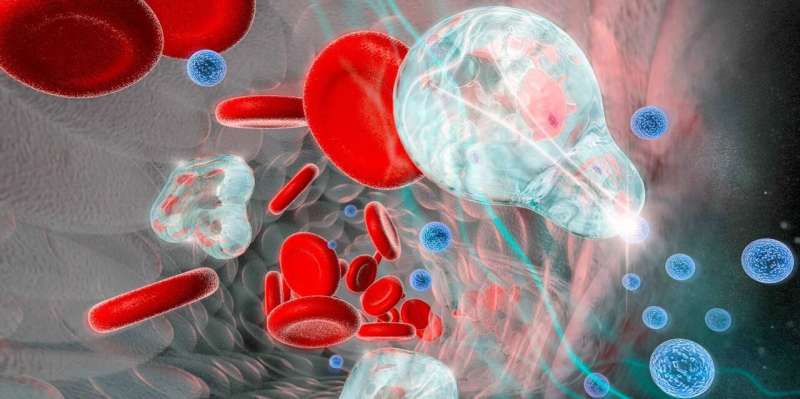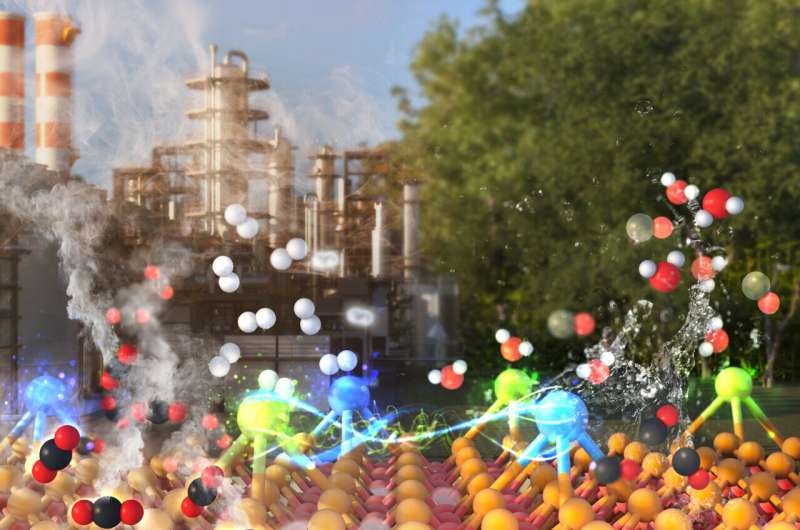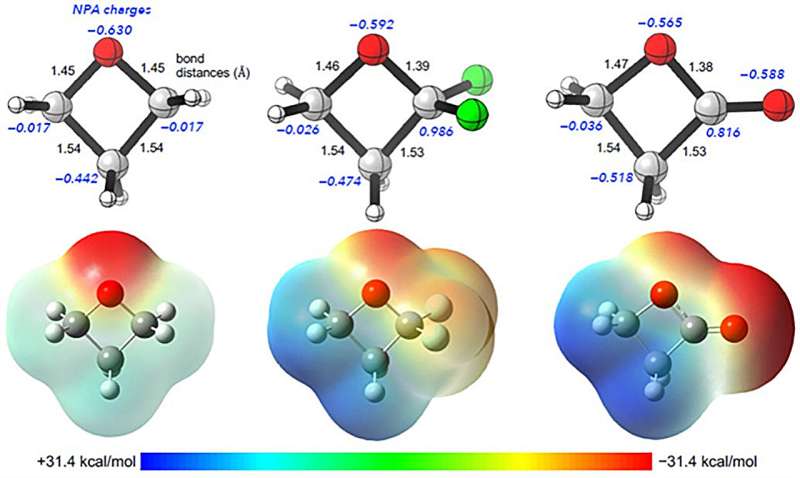Edit Content
Trending






Solar-induced chlorophyll fluorescence (SIF) is a crucial indicator of vegetation photosynthesis, and in recent years, tower-based SIF measurements have become increasingly valuable in conjunction with gross primary productivity (GPP) for studying photosynthesis dynamics. However, current SIF retrieval algorithms are plagued by uncertainties, especially those introduced by atmospheric conditions and measurement geometries. These uncertainties can distort the diurnal patterns of SIF, making it harder to accurately monitor photosynthesis throughout the day. To address these challenges, there is a growing need for advancements in tower-based SIF retrieval algorithms.
A research team from the Aerospace Information Research Institute of the Chinese Academy of Sciences has published a study in the Journal of Remote Sensing that tackles these uncertainties in SIF retrieval algorithms. Their research aims to enhance the accuracy of vegetation photosynthesis monitoring by improving the reliability of SIF data, addressing critical gaps in ecological and agricultural research.
The core innovation of the study lies in its comprehensive evaluation of three algorithms for retrieving far-red SIF from tower-based observations. The Band Shape Fitting (BSF) algorithm emerged as the most reliable, demonstrating superior performance in capturing the diurnal patterns of SIF, especially during midday. The BSF algorithm excels by decoupling atmospheric absorption from SIF signals without requiring atmospheric corrections—an advantage over traditional methods.
In contrast, the Singular Vector Decomposition (SVD) algorithm showed significant deviations, especially at midday, while the Three-band Fraunhofer Line Discrimination (3FLD) algorithm required precise atmospheric correction to achieve comparable results. The BSF algorithm achieved a correlation coefficient (R²) of 0.85 with vegetation photosynthesis, substantially outperforming the other algorithms and reflecting its ability to accurately capture the diurnal variations of vegetation photosynthesis.
The research was conducted at two flux sites in China, with measurement heights of 25 meters and 4 meters. The study compared the diurnal patterns of SIF retrieved using the different algorithms and assessed their correlation with vegetation photosynthesis and near-infrared reflectance (NIRvR). Results showed that the BSF algorithm provided the most stable and accurate SIF retrievals, particularly during periods of high solar irradiance.
The study also emphasized the importance of refining atmospheric correction techniques to further enhance SIF retrieval accuracy. These findings underscore the potential of the BSF algorithm to improve the precision of vegetation monitoring, offering more reliable data for ecological and agricultural research.
“This study provides valuable insights for the development of tower-based SIF retrieval algorithms,” said the lead researcher. “By optimizing these algorithms, we can monitor diurnal variations in vegetation photosynthesis with greater accuracy, crucial for understanding the dynamics of vegetation ecosystems. In the future, we plan to continue refining these algorithms to enhance their applicability across diverse environmental conditions.”
The study utilized three SIF retrieval algorithms—BSF, 3FLD, and SVD—and collected data from tower-based spectral and flux measurements at two sites. The performance of each algorithm was assessed by comparing the diurnal patterns of retrieved SIF with vegetation photosynthesis and NIRvR data.
The advancements in SIF retrieval algorithms hold significant promise for applications in ecology, agriculture, and climate change research. By providing accurate monitoring of diurnal variations in vegetation photosynthesis, these algorithms can offer deeper insights into vegetation dynamics, helping to inform climate change mitigation strategies. Moreover, the improved algorithms could eventually be applied to satellite remote sensing, enhancing the precision and efficiency of global vegetation monitoring efforts.
More information:
Xinjie Liu et al, Inconsistent Diurnal Patterns of Far-Red Solar-Induced Chlorophyll Fluorescence Retrieved with Different Algorithms from Tower-Based Observations, Journal of Remote Sensing (2025). DOI: 10.34133/remotesensing.0429
Provided by
Chinese Academy of Sciences
Citation:
Enhancing algorithms to boost vegetation photosynthesis monitoring (2025, February 21)
retrieved 21 February 2025
from https://phys.org/news/2025-02-algorithms-boost-vegetation-photosynthesis.html
This document is subject to copyright. Apart from any fair dealing for the purpose of private study or research, no
part may be reproduced without the written permission. The content is provided for information purposes only.
©2024. Livebuzznews. All Rights Reserved.